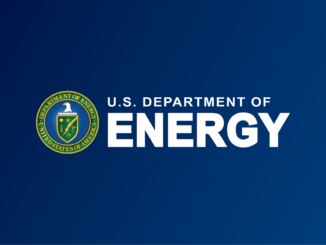
WASHINGTON, D.C. — The U.S. Department of Energy (DOE) today announced nearly $54 million for 10 new projects led by DOE’s National Laboratories to increase energy efficiency in microelectronics design and production. Microelectronics are critical to nearly all modern technology, including smartphones, medical equipment, power plant and electricity grids, and automobiles. Advanced microelectronics hold the potential to power innovative solutions to challenges in clean energy, climate, and national security.
“Thanks to microelectronics, technologies that used to swallow entire buildings now fit in the palms of our hands — and now they are supporting climate solutions in electricity, transportation, and renewable energy,” said Secretary of Energy Jennifer M. Granholm. “DOE’s world-class scientists are stepping up to reduce the carbon footprint of micro technologies used by billions of people around the world to secure our clean energy future, increase American competitiveness, and lead on climate action and innovation.”
Miniaturization of microelectronic devices has spawned a digital revolution in recent decades, resulting in smaller and more powerful devices, like phones and computers, which has improved convenience and advanced scientific advancement and innovation. That continual shrinking, commonly known as Moore’s Law, is now facing technological and economic obstacles. As devices have shrunk in size, the energy required for their production has not been reduced at the same pace. Significant investments in R&D are now required to increase energy efficiency and create more sustainable technology systems that can carry the field into the future.
The projects announced today, led by diverse groups of researchers at DOE National Labs and experts in academia and industry, will aim to increase energy efficiency and functionality while stimulating US-based innovation as the foundation for future domestic technology development and manufacturing. These projects are “co-design” microelectronics projects, involving multi-disciplinary collaboration that takes into account the interdependencies among materials, physics, architectures, and software.
Projects will explore:
- New computing architectures based on human brain design
- Ultra-low power electronics
- Low-temperature, nanoscale, and quantum sensors
Projects were chosen based on peer review under the DOE National Laboratory Announcement “Microelectronics Co-Design Research.” Total funding is $54 million for projects lasting up to three years, with $18 million in Fiscal Year 2021 dollars and outyear funding contingent on congressional appropriations. A list of awards can be found here.


